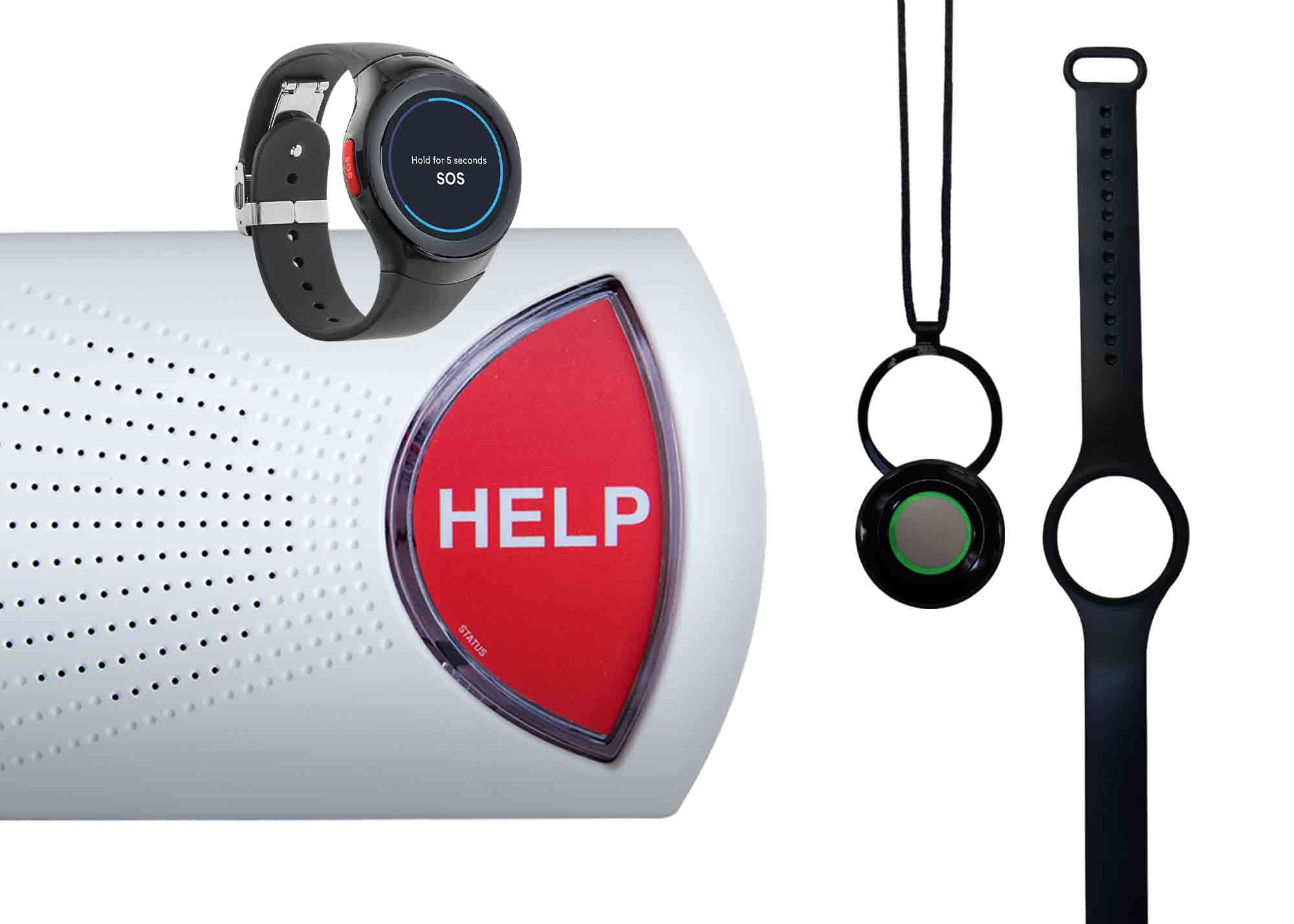New technology may help those with sleep apnea
September 20, 2011

Although such products may not be readily available to the public for over five years, the system will work by having multiple transceivers, similar to ones used in wireless home computer networks, around a person’s bed to measure if breathing rates change significantly, without annoying tubes or wires worn.
If it works, such systems could cost much less than current methods of breathing monitors on the market.
“We can use this to increase the safety of people who are under sedation after surgery by knowing if they stop breathing,” said Neal Patwari, senior author.
These types of improvements could be key for caregivers who worry when their elder loved ones are at home during the evenings. Although senior medical alert systems can’t tell when someone has stopped breathing, they do work to get a caregiver or medical personnel to a senior’s house if they fall or have an accident.

